- Joined
- Mar 28, 2001
- Messages
- 6,341
Ok... prosumers and consumers. Here is an interesting diamond to learn from.
Person comes on the forum looking for a diamond. They want a diamond that will qualify as top optics in the most conservative labs (GIA/AGS).
Assuming polish/symmetry are both Ideal/Excellent what would your counsel be?
In the graphic you have a live ASET image, a computer generated ASET image (based on an HD scan), the proportions of the diamond and its HCA score. I want to know your answer and why.
If you have questions feel free to ask.
Kind regards,
Rhino
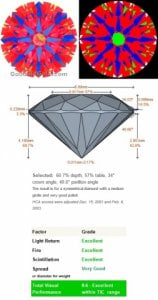
Person comes on the forum looking for a diamond. They want a diamond that will qualify as top optics in the most conservative labs (GIA/AGS).
Assuming polish/symmetry are both Ideal/Excellent what would your counsel be?
In the graphic you have a live ASET image, a computer generated ASET image (based on an HD scan), the proportions of the diamond and its HCA score. I want to know your answer and why.
If you have questions feel free to ask.
Kind regards,
Rhino


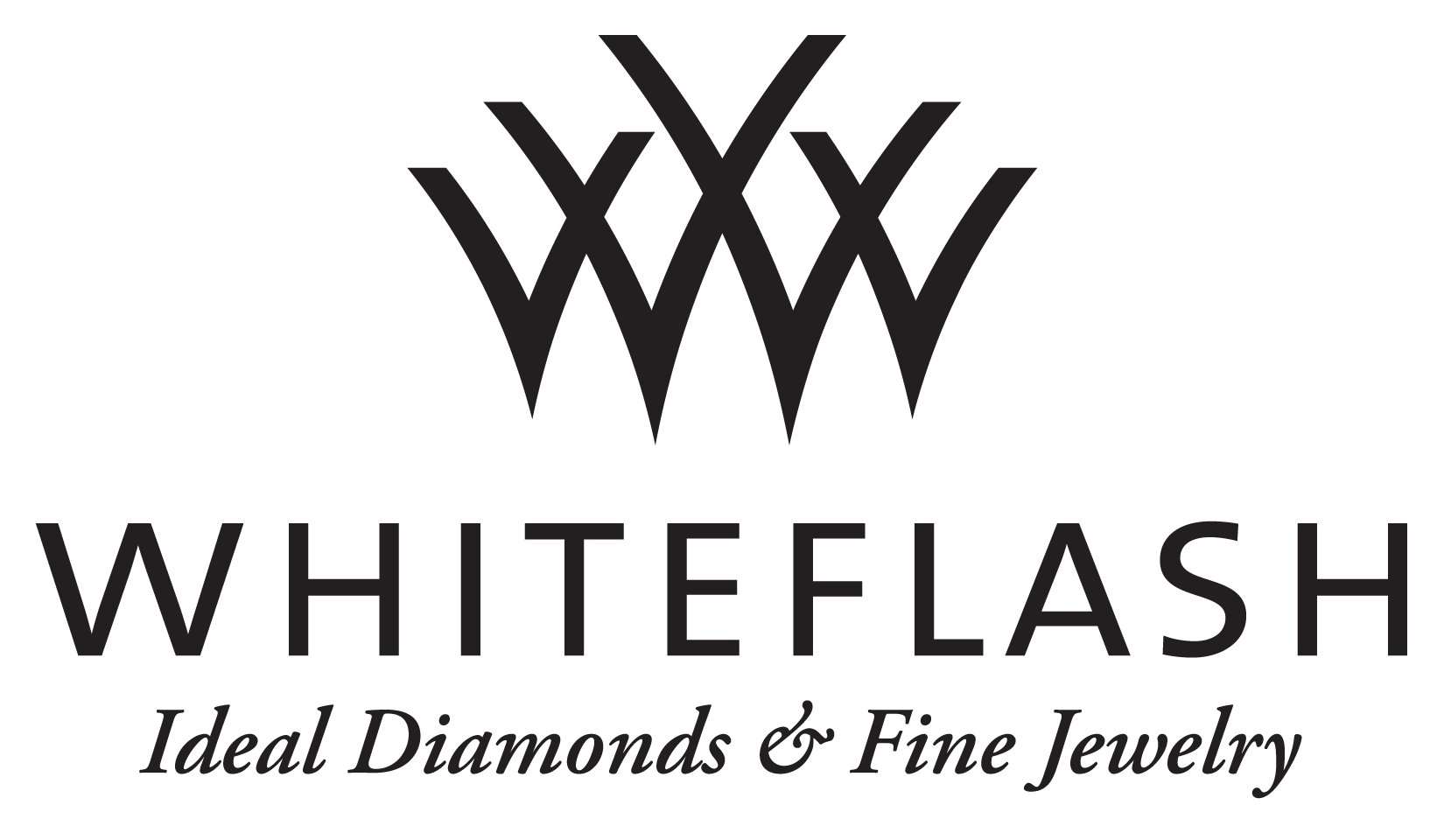
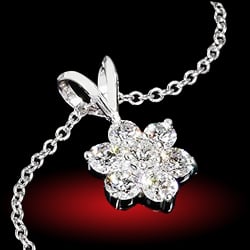
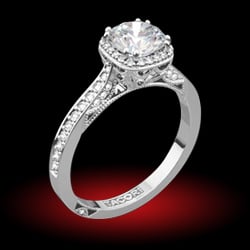
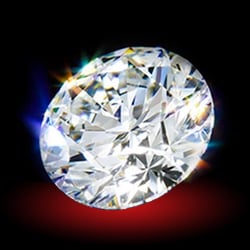
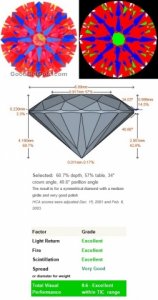

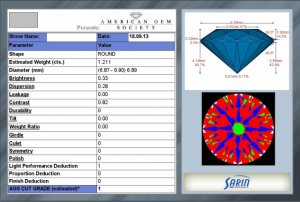


300x240.png)